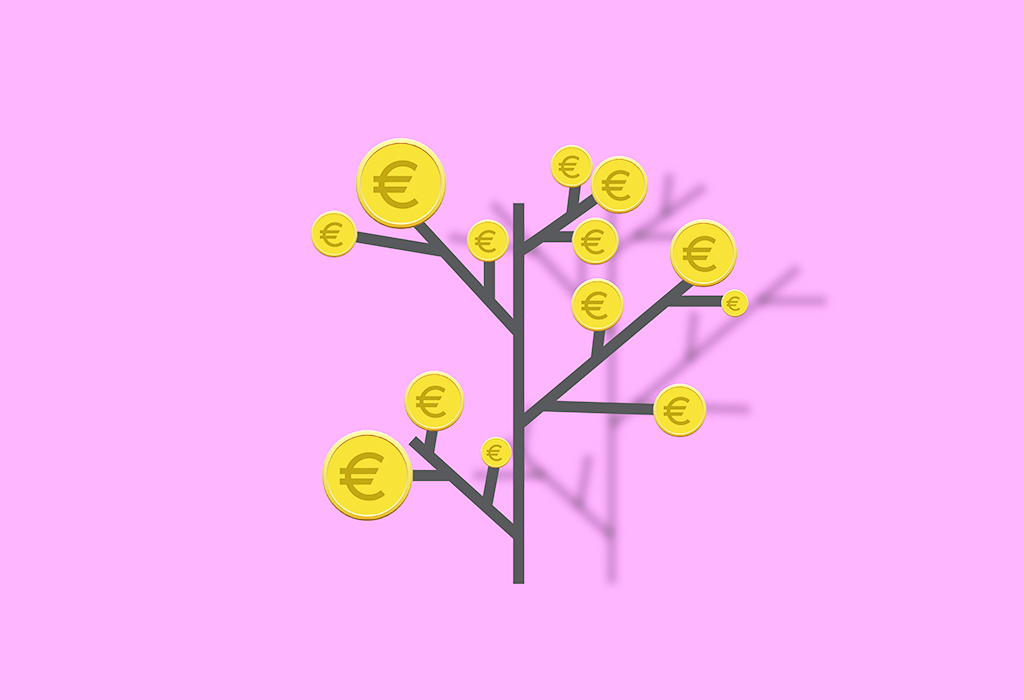Industry players raising hopes of profit are contending for growth as they become particularly interested in delivering greater value to customers.
This plan inevitably reignites concern over the long-elusive concept of value, but experts aren’t as worried. Many suggest that looking at value from the customer’s perspective helps firms tackle the rampant issues with pinning down the notion.
Author Teodora Gaici | Copperberg

Photo: Pexels
Those preparing for a rebound as the world economy gradually reopens are on track to deliver compelling value in ways that authentically resonate with their customers.
More firms are starting to set their sights on selling value in hopes of driving profit and sustainable growth, but some are perilously close to failure. The outlook is clouded by the perennial issue of pinning down the concept of value, which casts a shadow over rebound plans. Too often, the notion of value is misinterpreted or completely shrouded in ambiguity—and this issue is proving thornier than ever. Why is that so?
In the rush to establish ground in value-based arrangements, an important detail typically goes overlooked: today, only the customer defines value. But there is no reason for grim forebodings, experts argue—provided that industry players let clients determine the value of their firm’s products and services.
A Definition of Value Not Based on Customer Perception Is Unavoidably Rife with Assumptions
This year, part of Copperberg’s Manufacturing Pricing Excellence conference took attendees through “Todd and Mike’s Amazing Value Journey”—which comprised a series of virtual sessions expertly led by Todd Snelgrove, Founding Partner at Experts In Value, and Michael Wilkinson, Director at Axia. In an insightful session aimed at helping participants get to grips with value, a telling remark put into light a fundamental aspect of pinning down the notion:
“Value is defined by your customers, not by you! Until we understand what it looks like from a customer’s perspective, value is a mystery to us. We’re going to be guessing what our customers see as being valuable until we ask them.” — Michael Wilkinson, Director at Axia
Further support for this keen observation comes from other industry experts noting that:
- Firms acknowledge that their customers presently define value creation
- Every industry player should confront assumptions about customers
Of course, the value a client places on a product or service is not always immediately visible. It is then perhaps all too common for industry players to make assumptions about what clients presumably value. But such presumptions rarely match reality, precisely in a field where change is still unfolding. Not only do a firm and its customers understandably have different notions of value, but an offer’s true worth is always in the eye of the buyer.
Any perception about value is inherently subjective but may be justified on the grounds of customer preference. Clearer still is that avoiding to look at value through the prism of the client perspective is a huge—and perhaps fatal—gamble that may lead to misguided sales efforts.
The Struggle to Sell Value Points to the Inability of Understanding Customers and Their Best Alternatives
Many industry players are coming up with plans to adapt their selling approach based on how clients define value. Their limited understanding of customers, however, prevents them from getting such projects off the ground.
Lacking a broad understanding of clients is one of the biggest issues confronting those who attempt to conceptualize and sell value.
But it is especially important to develop a more nuanced understanding of customers to fully comprehend what they perceive as being valuable. The Value Triad© presented by Michael Wilkinson at Copperberg’s 9th Annual Manufacturing Pricing Excellence event facilitates such efforts as it helps firms to focus on:
- Revenue Gain—How can the firm’s product or service help its customers improve revenues?
- Cost Reduction—Where does the customer’s revenue come from? Where and how do they incur costs?
- Emotional Contribution—The intangible elements that are rather difficult to measure, such as customer trust and brand credibility, but shouldn’t be ignored.
Industry players utilizing this framework can establish a practical and comprehensive understanding of how value is perceived from the client’s point of view. They can identify which aspects contribute more deeply to the customer’s perceived worth of a product and unearth the total value the firm ultimately provides to the client.
It is necessary to give the same amount of consideration to the client’s best alternative. Todd Snelgrove explains why this matters:
“Value is relative to the next best alternative. There are options that people aren’t even considering. [So] there is always an alternative.” — Todd Snelgrove, Founding Partner at Experts In Value
A customer will carefully weigh the value of a product against other alternatives—and one alternative is not to invest at all. Pondering on this hard truth should help industry players see the importance of comparing value to their client’s next best alternative. The more a firm can learn about its customer’s next best alternative, the better prepared it is to articulate differentiation and sell value.
Raising the Customer’s Perceived Value Is Becoming a Natural Next Step for Many
Value is proving to be among the strongest predictors of customer choice at the present moment. So now more than ever, a firm has to think of value like its client.
With time, the value of a product or service may alter under the eye of the buyer. Moreover, perceptions could vary widely. One way to avoid running on vague instincts or reach biased conclusions is to engage in conversation with customers and listen intently as they describe individual pain points and wants. Talking to customers allows firms to rigorously test assumptions or intentions and better understand client perspectives, thereby laying the groundwork for profit and growth.
It depends on industry players to notice potential shifts in perceived value, irrespective of how subtle they may initially seem.
Other firms are now expanding efforts to deliberately influence and increase perceived value. Increased product value may come by way of improved reliability, reframed prices, or ramped-up product benefits. The plans may differ, but the endpoint is essentially the same: triggering significant boosts in value-based sales and profit.






























